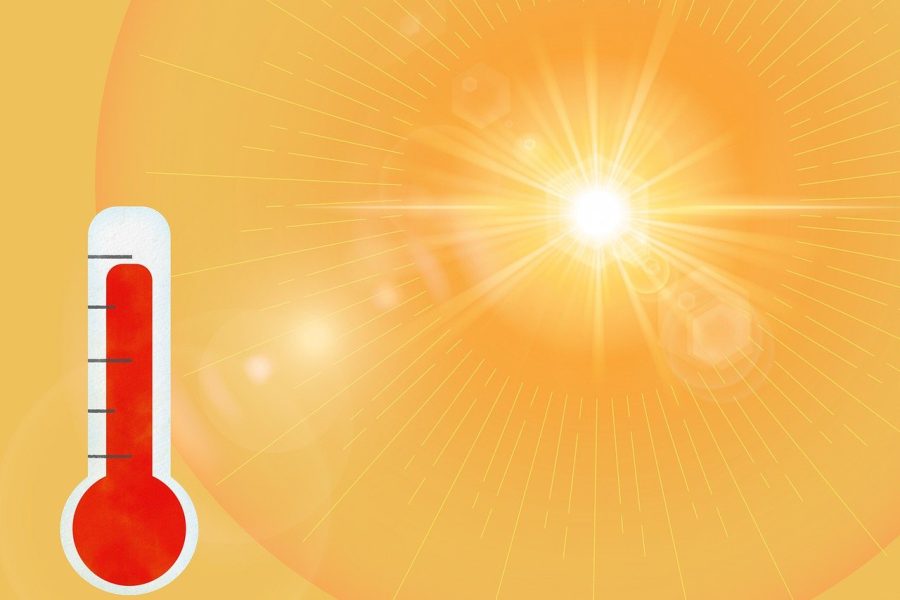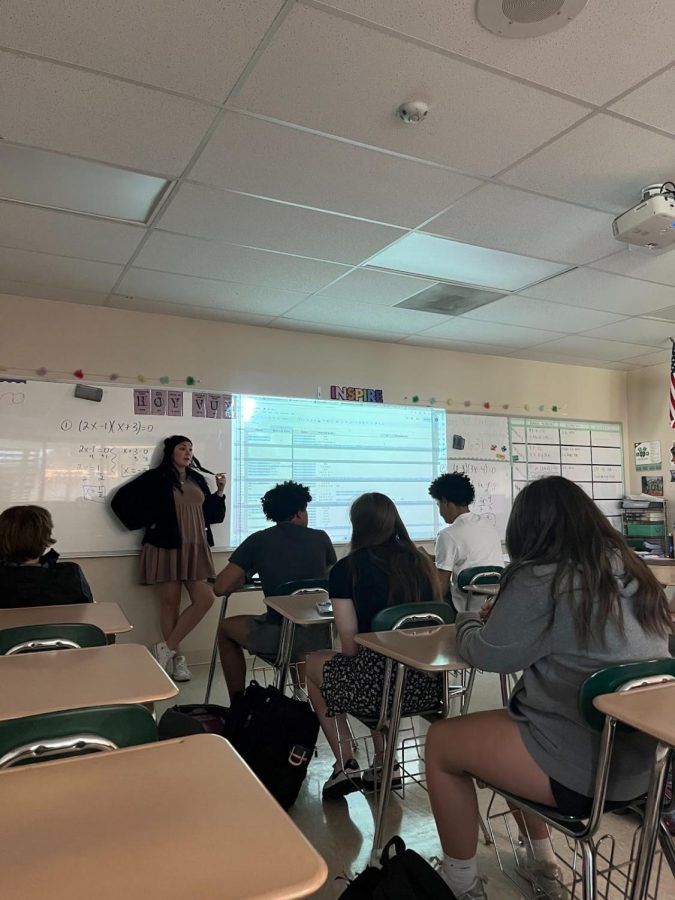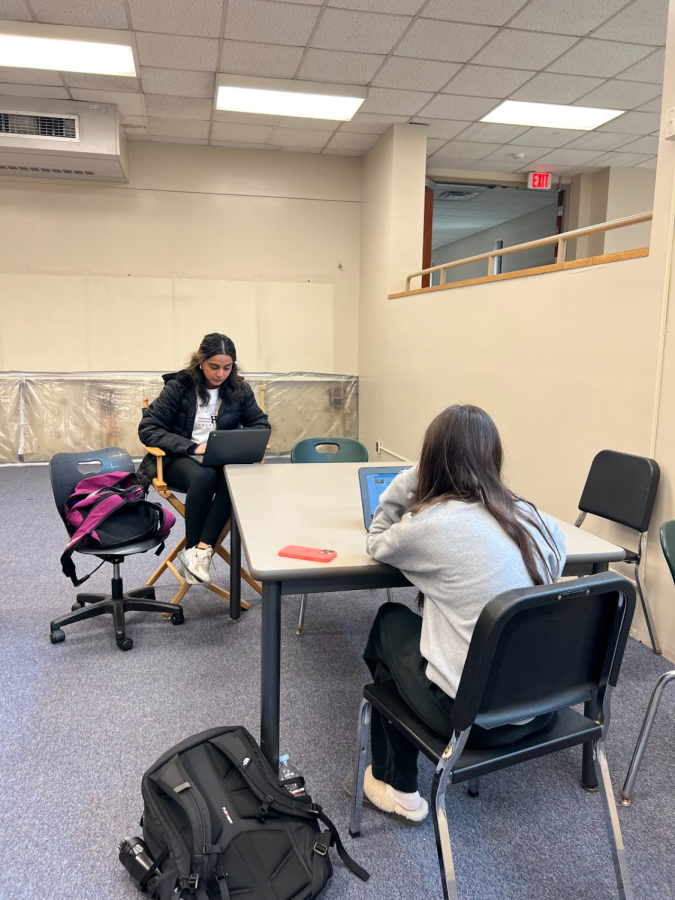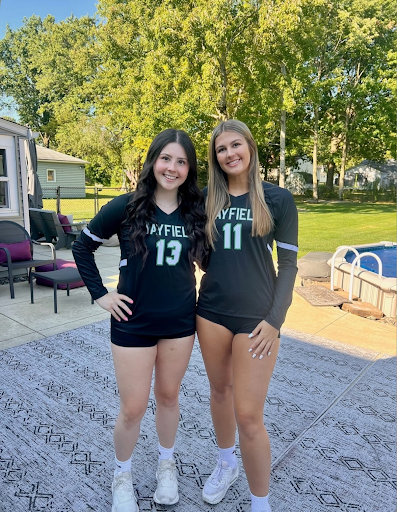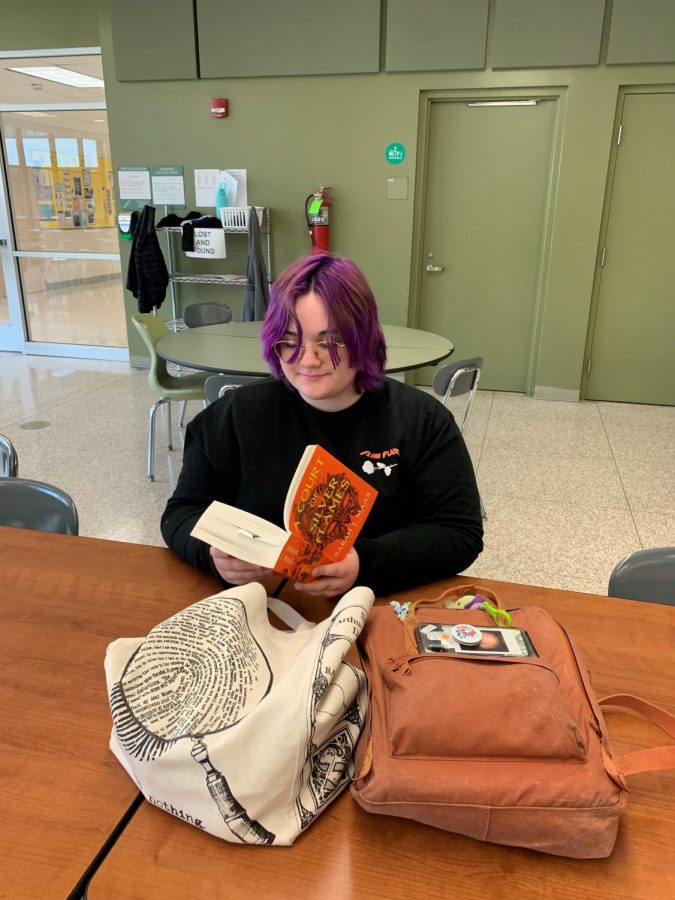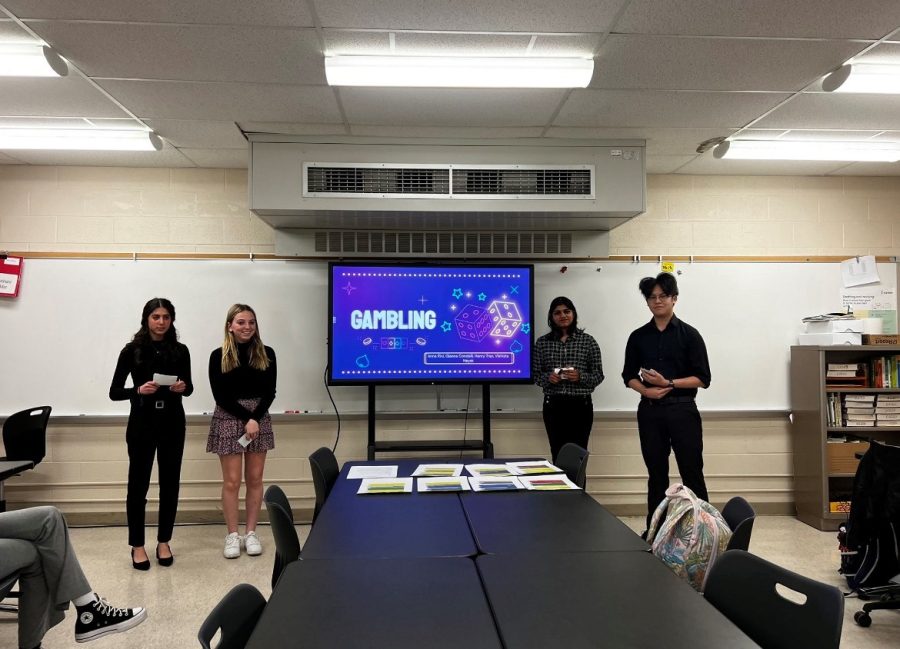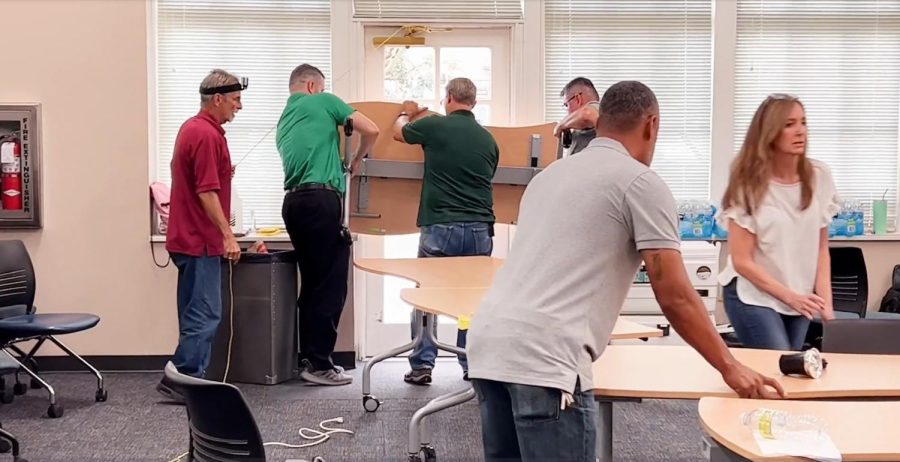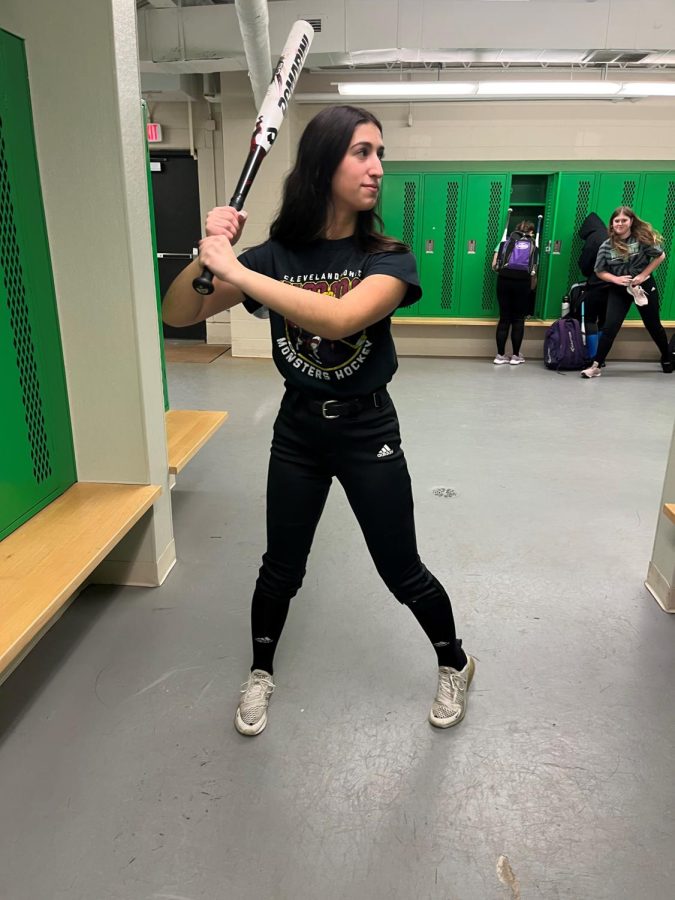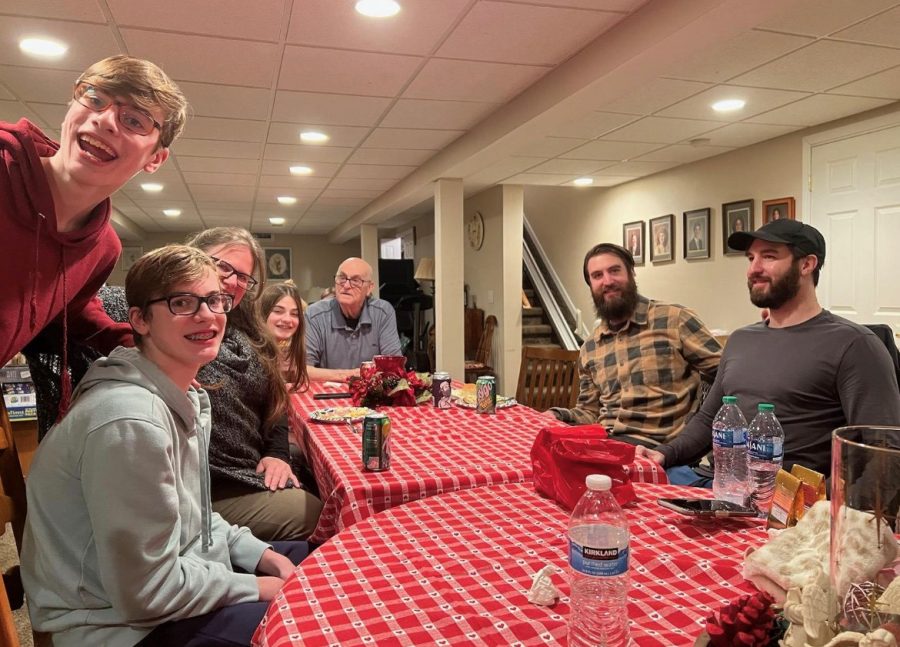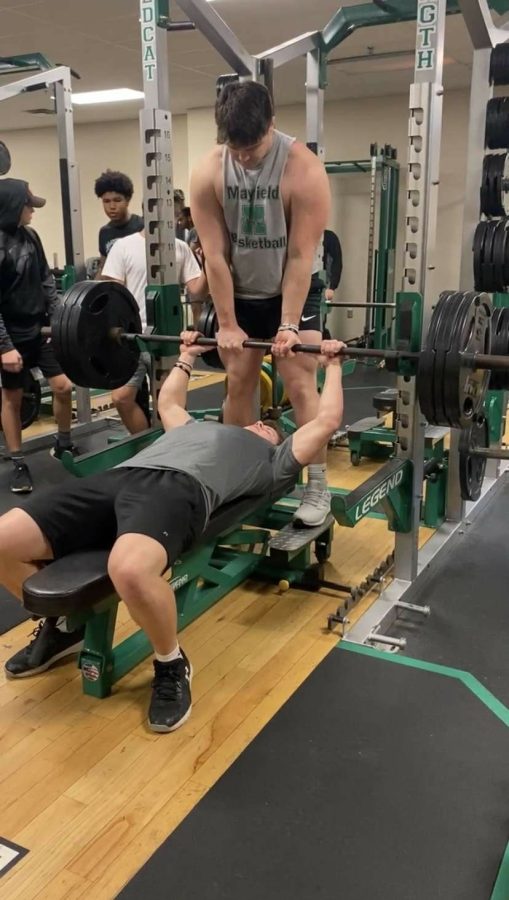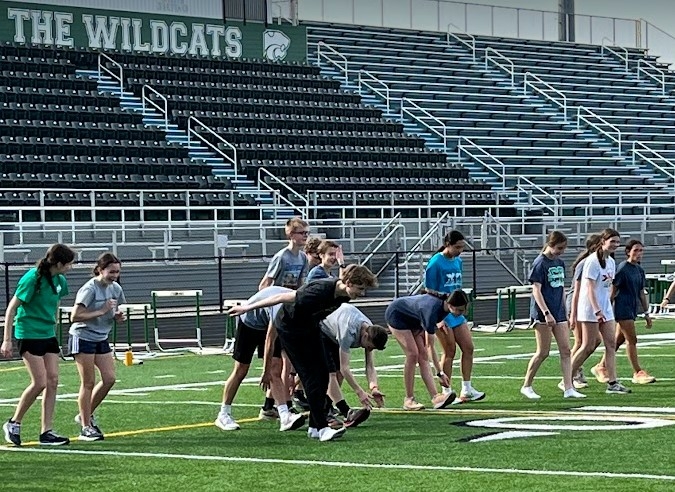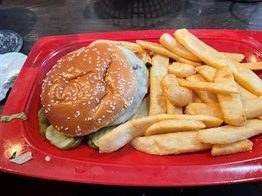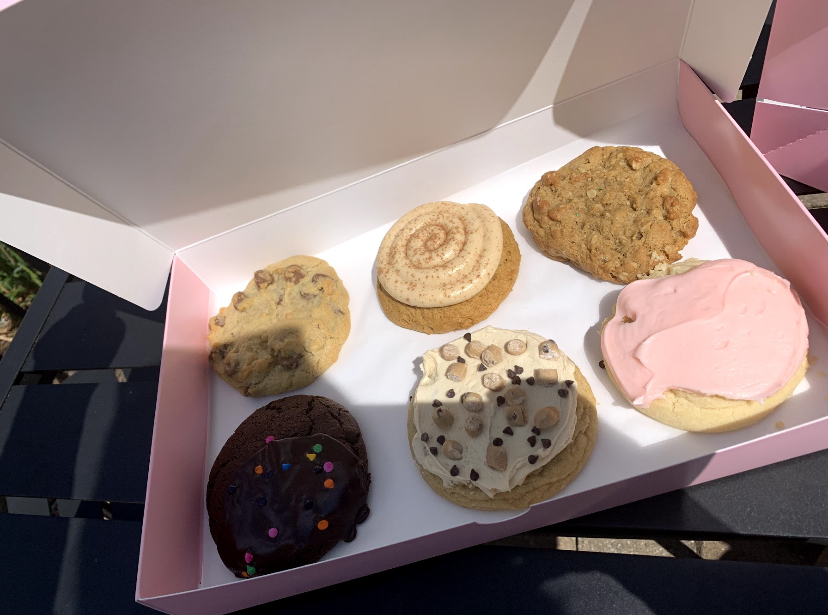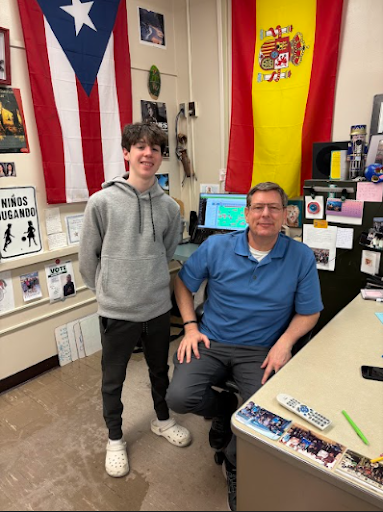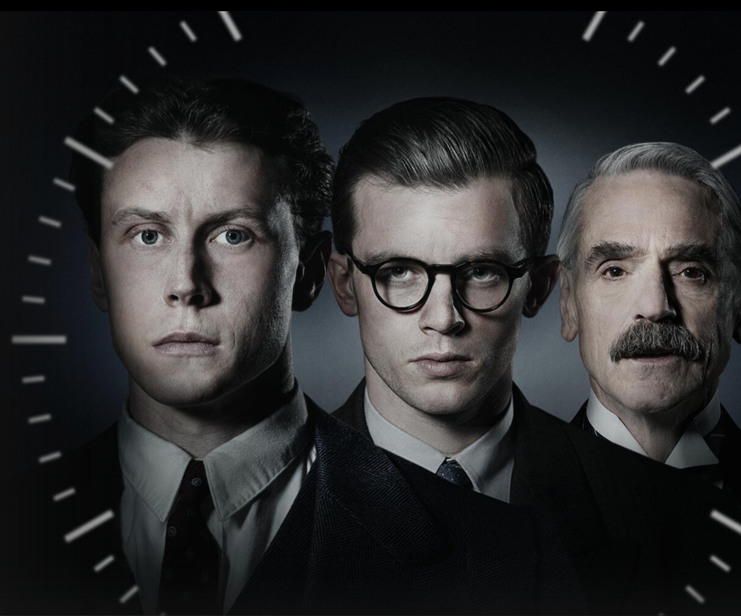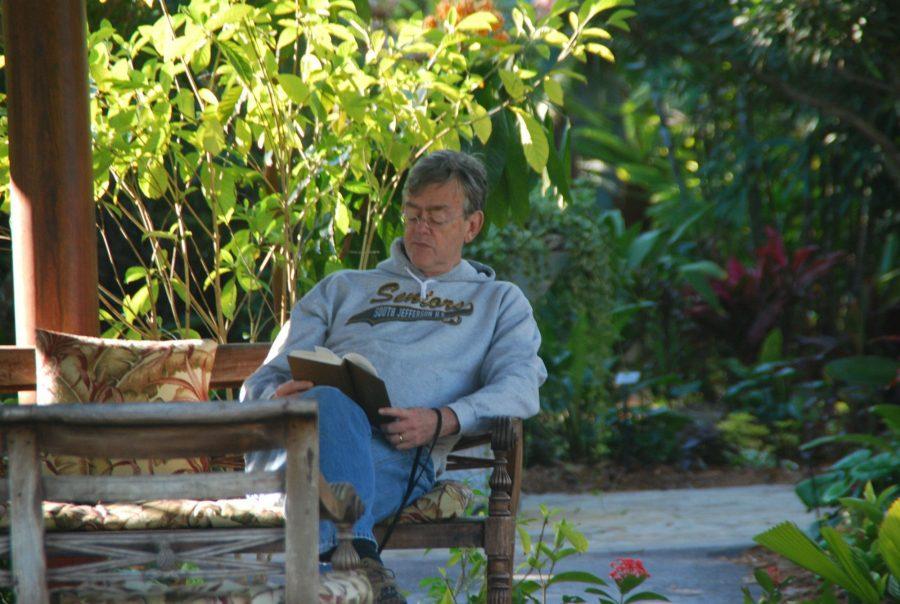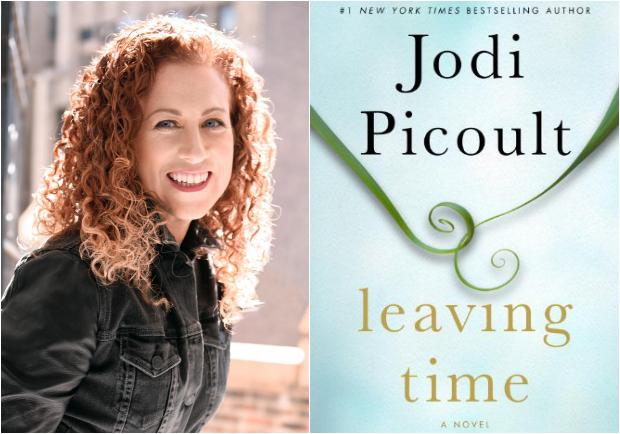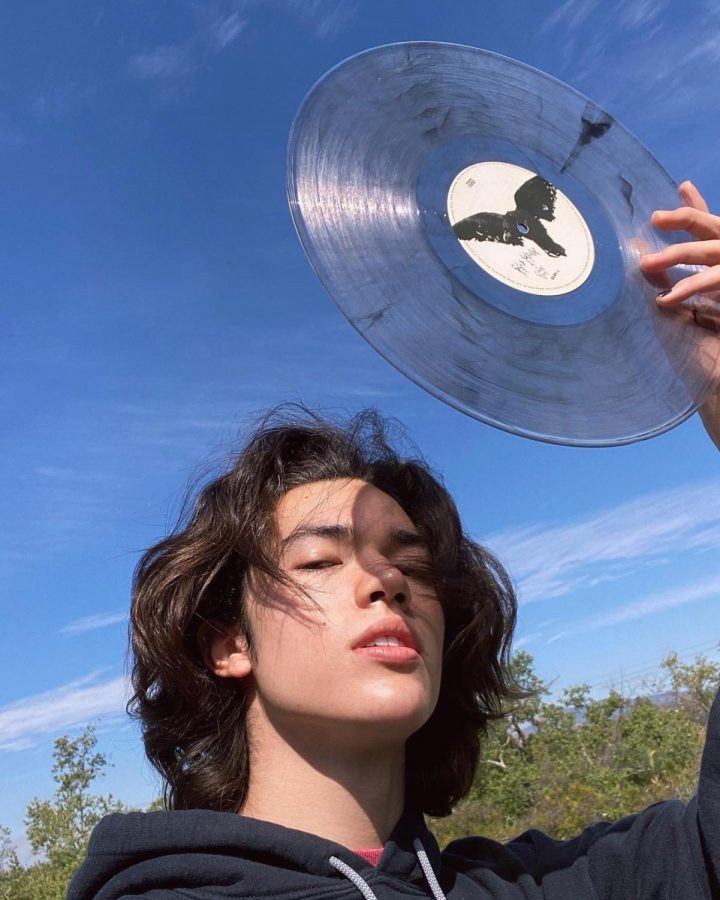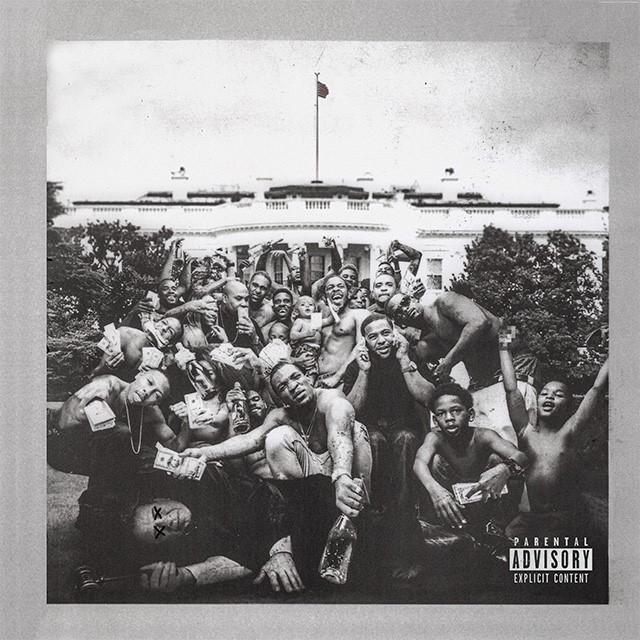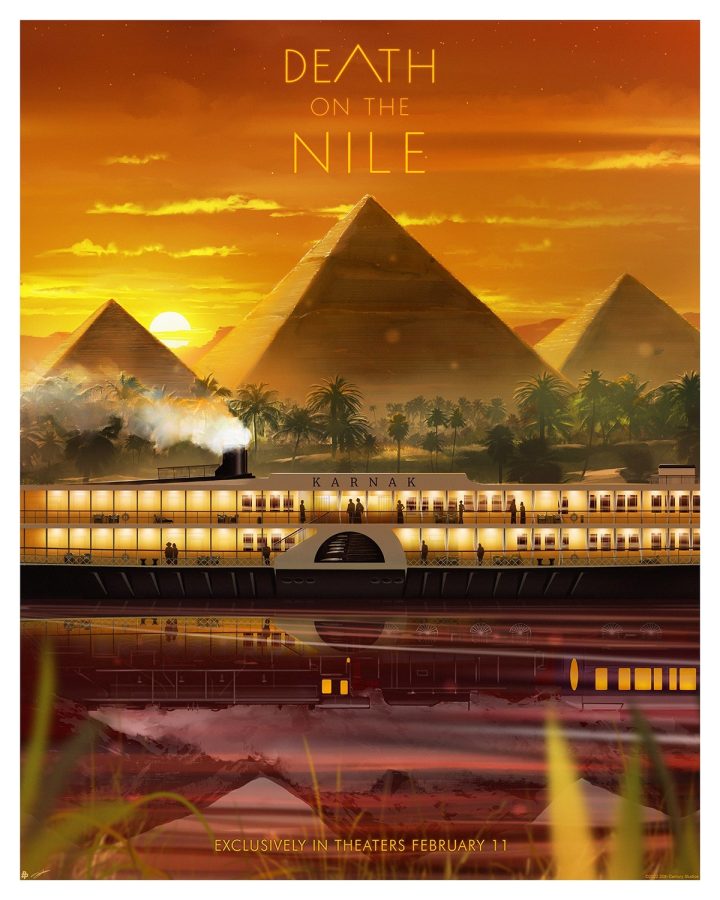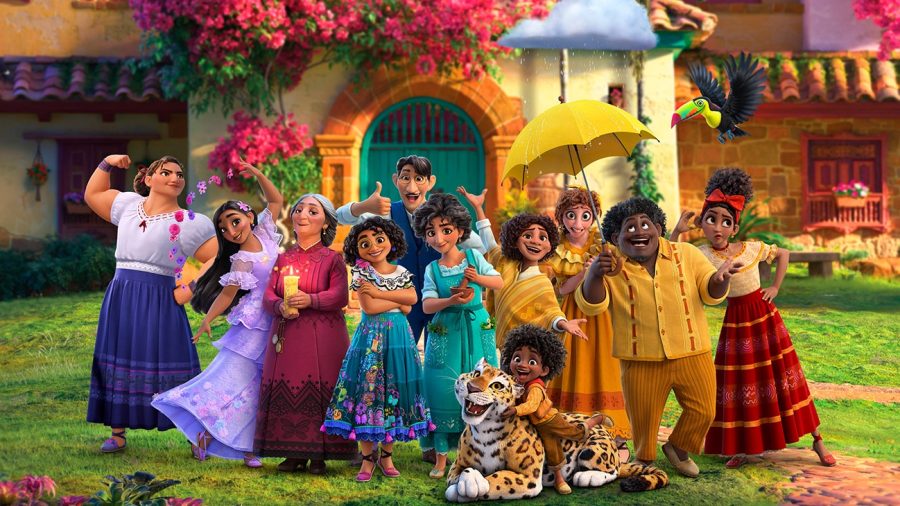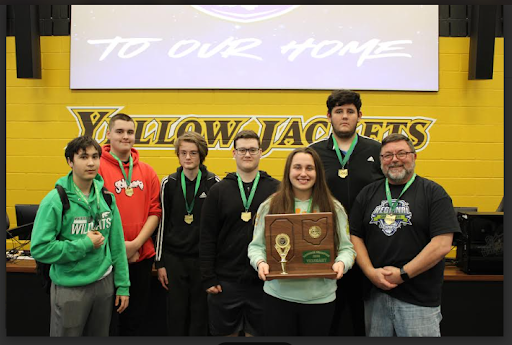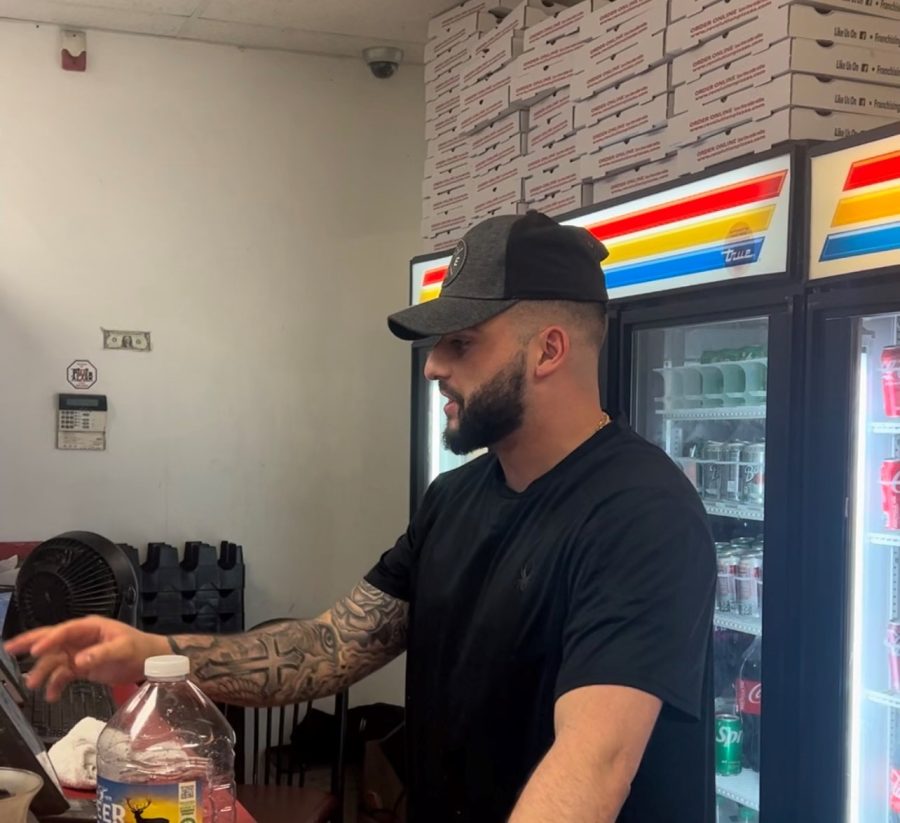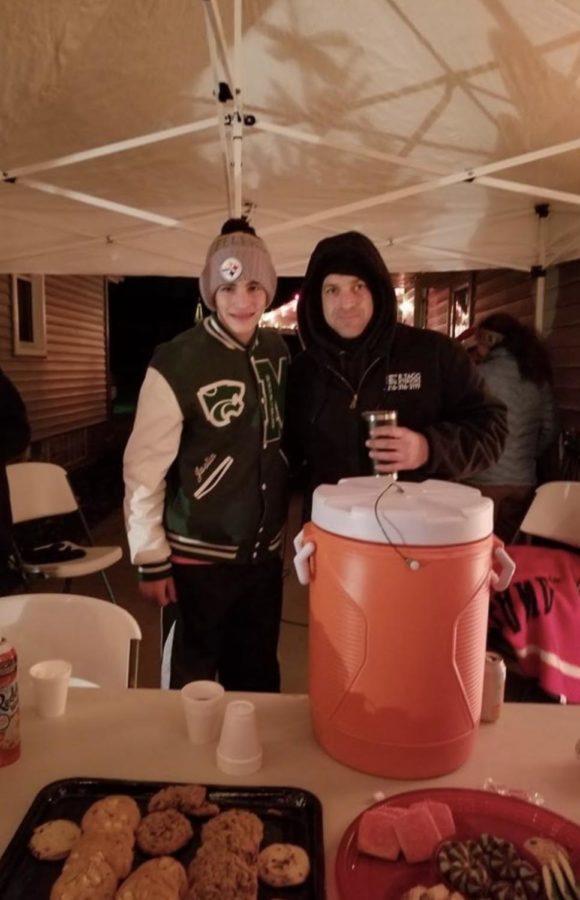Vinyl making victorious comeback
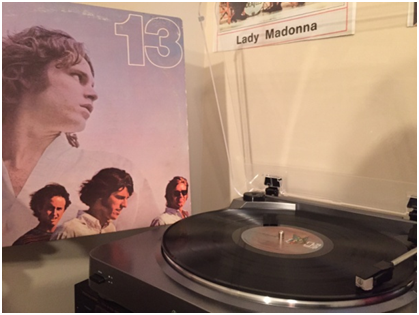
Shown is the album “13,” the first compilation album by The Doors. It was released in November of 1970.
February 9, 2016
Nothing compares to the experience of a vinyl record. It is truly the finest way to listen to music, unlike the intangible tracks downloaded from iTunes these days.
When I say “experience,” I really mean it. You don’t just click a button and, voila! , your music is there. If you want to buy records, you have to get your lazy butt off the couch and head to your local…record store?
Well, you can’t always do that because, clearly, this isn’t 1965, and there aren’t too many in business. If you happen to have one nearby, then lucky you. If not, try a bookstore, an antiques shop, or simply somewhere hip…you never know where you may come across one.
You just have to explore, and that in itself is pleasurable. So, once you’ve got one, you power up your phonograph, put down the needle, and your experience begins. It’s personal…it’s warm…it’s nostalgic, and it’s making its way back into popular culture despite this day and age of the glorified MP3 format.
On August 12, it was National Vinyl Record Day. It was “organized by (you guessed it) the Vinyl Record Day Company – a not-for-profit organization dedicated to recognizing the preserving vinyl music, its culture, art and sound,” said DaysoftheYear.com. Undoubtedly, there are efforts to keep this experience alive for many, and they’re paying off.
Regarding the popularity of vinyl records, CNN reporter Kieron Monks said, “Sales have been rising sharply each year since 2007, with a peak increase of 54% in 2014.” Evidently, more people are realizing how great the “black-wax platters” really are.
Actually removing the record from the cover is like unwrapping a birthday present. In your hands is a palpable, very real piece of artwork. Be careful not to scratch it—those precious grooves are what make the music sound so good.
Concerning their sound, David Greenwald, a reporter for the Oregonian said, “The analog format allows for artists to transport their music from magnetic tape to LP to your speakers or headphones without the complications of digital conversion. This, ideally, is the closest one can get to what the artist intended.”
Hence, through just those miniscule grooves that get picked up by the turntable’s needle, you’re hearing the music in the best, most authentic way.
The same article also said, “Digital music engineering, particularly for radio-bound music, is often marred by a volume arms race, which leads to fatiguing, hyper-compressed songs that squish out the dynamics and textures that give recordings their depth and vitality. Vinyl’s volume is dependent on the length of its sides and depth of its grooves, which means an album mastered specifically for the format may have more room to breathe than its strained digital counterpart.”
Yet again, the occasional scratch or imperfection is what makes the experience even more unique. The record may be a little different every time you put it on. Like I said, it’s a special, entertaining experience.
Really, you’re getting your money’s worth by purchasing records. You have the actual, concrete thing in your hands…you own those intricately-made grooves of music. You have the large, aesthetically-pleasing front, back, and inside covers to read, examine, and, if you’d like, to show off.
Edward Beck, a world history and AP world history teacher at Mayfield High School, commented on such benefits. He said, “I have lots of records, hundreds of records. I still pull them out and listen to them occasionally.
“There’s a lot of nostalgia in listening to vinyl records. Classic rock was born on the vinyl album. All of that packaging and imagery associated with the vinyl albums is very nostalgic for people who grew up during that time or have an interest in it today,” Beck said.
He also discussed the significance and the role of the album covers in the vinyl experience. He said, “The bands were into the artwork. A lot of bands thought there’s that connection between the art of the album and then the music that goes in it.
“The images support the music and enhance it in some ways. You could take that album and stick it on your shelf and look at it while you listen to it in your beanbag chair,” Beck said.
There are even modern musicians that also believe in the importance of vinyl records and creative album covers. Allan Kozinn, a reporter for the New York Times, shed light upon such artists.
Kozinn said, “The National sold 7,000 vinyl copies of its latest album, ‘Trouble Will Find Me,’ and 10,000 Vampire Weekend fans opted for the LP version of ‘Modern Vampires of the City.’”
Whether you are into these newer bands or the eminent legends of classic rock, you too can embrace the victorious vinyl movement. Go ahead, buy a used turntable for as low as forty dollars, and begin your experience.


